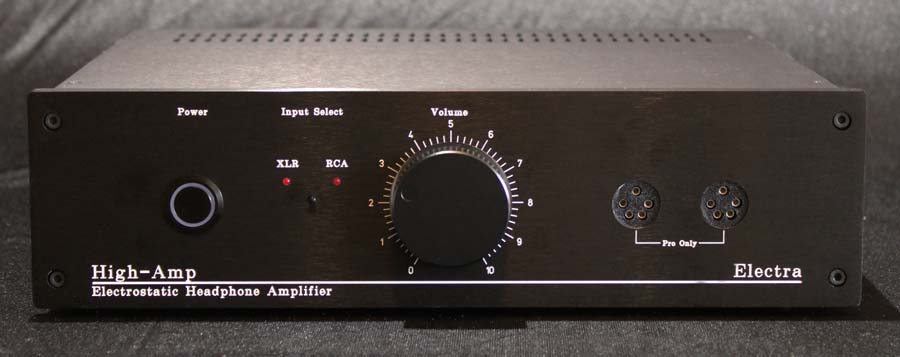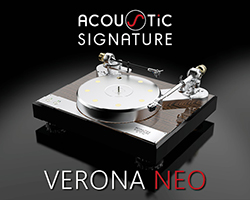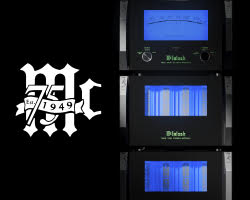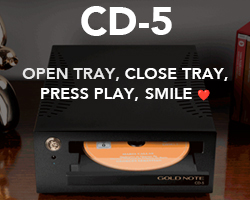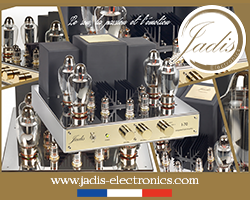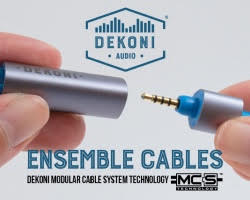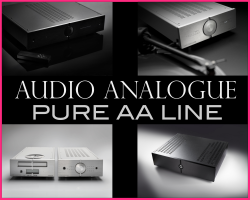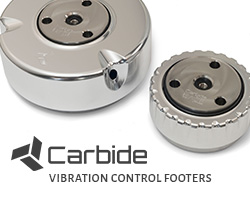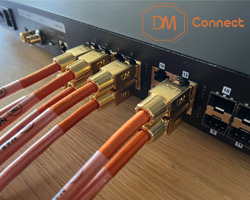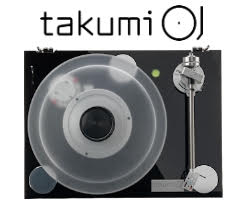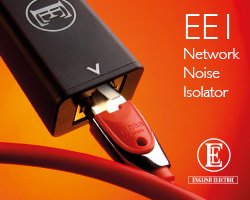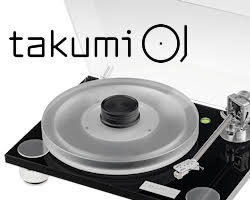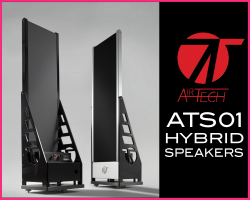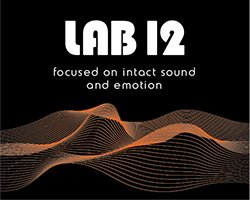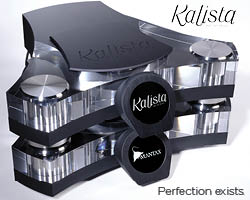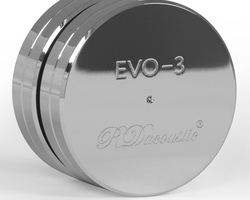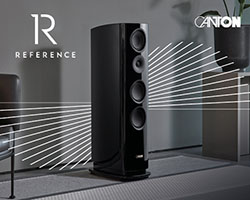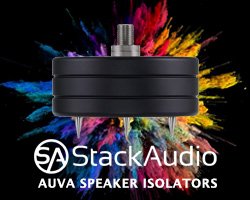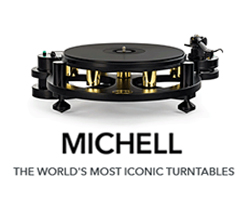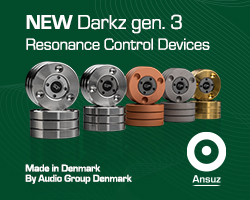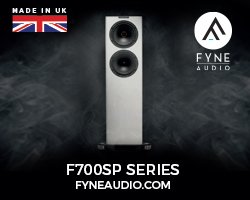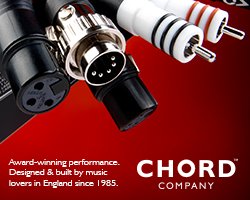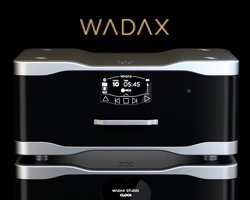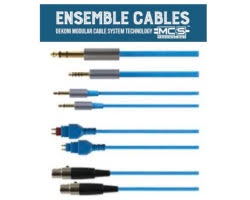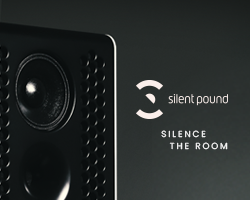HIGH-AMP ELECTRA ENERGISER FOR STAX EARSPEAKERS
High-Amp Electra energiser for Stax is an aftermarket energiser/amplifier for these electrostatic earspeakers. It’s a German design by Andreas Rauenbuehler and costs 1300 Euros. Janine Elliot takes a listen for HiFi PiG.
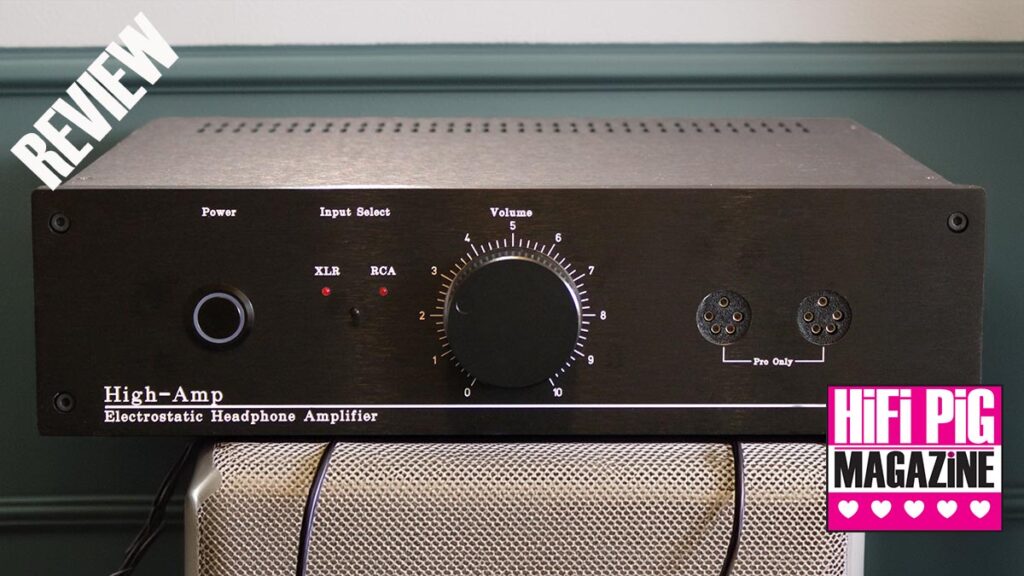
When I first heard the QUAD ESL57 I was hooked on electrostatic speakers, but whilst I couldn’t afford Peter Walker’s iconic radiators, and certainly couldn’t extend to Stax Lambda Ear Speakers, luckily a certain Peter W Belt of PWB came along with his own £36 electrostatic headphones, powered via its transformer unit from your amplifier’s loudspeaker output. They are more electret condensers, to be honest, but they sounded so clear and exciting that I was hooked until they gave up the ghost several years later, and similarly, Peter gave up the conventional HiFi world and started selling creams and aluminium foil to “improve” the sound. He even suggested adding a piece of paper under a loudspeaker leg or another page to your books as an odd number made for a better sound. Odd seems the logical word, but I still have a fondness for what he did in terms of headphones in his earlier years. Whether my cans were based on a Micro-Seiki model, I can’t confirm.
Back to reality. At the High End at Munich this year, I stumbled on the High-Amp Electra energiser for Stax Ear Speakers. Having progressed to Stax 12 years ago, I was keen to give this product a listen. Stax ‘Ear Speakers’ (yep, they are speakers held to your ear, and certainly the original SR-Sigma) are electrostatic units; a very light and very thin (and 20x thinner than the human hair) 1.35 micron plastic diaphragm that is suspended between two 580V charged plates that vibrates when audio is applied to these plates (stators). Being so light, it creates audio that is exceptionally low in distortion and full of detail. I own the traditional brown rectangular-shaped SR-407, which has the diaphragm angled slightly toward your ear to give the acoustic illusion that they are speakers – similar but not quite as dramatic as those on the original bulky SR-Sigma and more refined Lambda. Many conventional headphone manufacturers do the same now. I have the SRM-006tS energiser with selected tubes. Great sound, but would the Electra improve on that?
Andreas Rauenbuehler, CEO of High-Amp, lives with his wife and daughter near Ettlingen in the lovely Black Forest in Germany. He trained as an electronics technician and then studied electronics at the Fachhochschule Karlsruhe. As he told me, “I started developing amplifiers for electrostatic headphones 20 years ago as a hobby”. He has had a certain level of fame with his products that include electrostatic amps and power supplies, and his website shows many designs over the years, available in silver and black. There you can see several different models at different prices, all looking and reading very up-market technically, and there are both transistor and tube or hybrid designs. He has even produced amplifiers for the space-age Jecklin Float electrostatic headphones that I remember well in the 1970s, and proudly tells me two other manufacturers employ his designs.
When Andreas told me his musical preferences were progressive rock of the 70s like Yes, Emerson, Lake & Palmer, and Genesis…, plus J.S. Bach organ works and Keith Jarrett solo piano, my interest in listening to the Electra quite simply electrified.
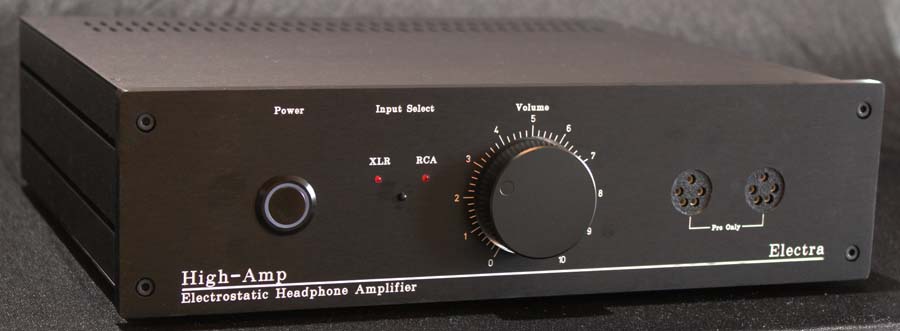
LOOKS AND CONSTRUCTION OF THE HIGH-AMP ELECTRA
This is a very traditionally-designed 2/3rds width box with a central volume knob. Nothing exotic in the design front here. To the left is the large circular off/on button that lights a red circle when pushed in, plus a push selector for XLR or RCA input with the relevant selection lighting also with a confirming red LED. To the right are a pair of 580V Pro 5-pin sockets for powering and feeding music to your chosen electrostatic purveyors of sound.
My first confusion with the unit was whether to call it Electra or Elektra, as the website quotes the latter, being a German company, but the front of the satin black box has the former displayed. I’ll keep to the former for the review. At the rear are the XLR and RCA inputs, plus an identical set of output sockets for signal looping (forwarding the input onto your LS amplifier).
Frequency range of the transistor amplifier goes from 0-50,000Hz, so ideal for my 7-41,000Hz Stax SR-407. Internally, this transistor amplifier uses Vishay/Panasonic caps and a fully symmetrical DC amplifier with a Class-A push-pull output stage. The transformer is oversized with double the power that is needed, in order to give a better bass end from the Stax Ear Speakers – and it certainly does. More on that later. As Andreas told me, the Electra “is equipped with 470uF capacitors before the stabilisation circuit and additional 100uF capacitors behind the stabilisation circuit”. This energiser/amp might not look particularly special, but listening to my SR-407s produced a sound I didn’t expect to hear from them.
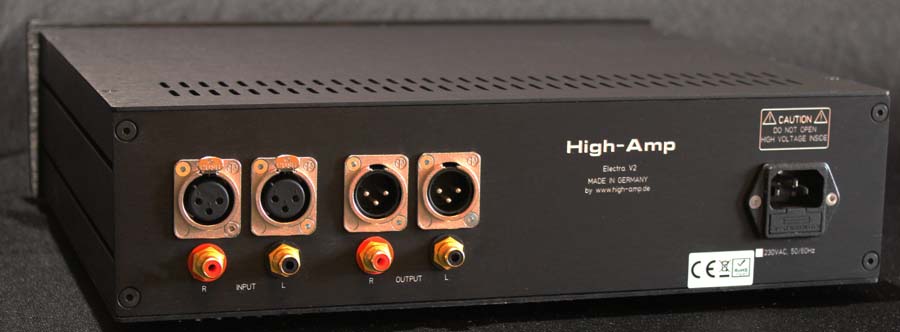
SOUND QUALITY OF THE ELECTRA
It wasn’t an electric shock I got when I started playing albums, but the shock of a different sound to my usual STAX SRM-006tS valve energiser. All will become clear.
My first playing was Mahler’s 1st Symphony, 3rd movement, but not as one normally expects. This movement has the French “Frère Jacques” theme tune, but in the minor key. It usually starts with the double bass, and gradually adds other instruments, and this “funeral march” sounds quite macabre. Instead of the usual orchestral set-up, though, this was the Uri Caine version from his album of Mahler tunes ‘Urlicht/Primal Light’ recorded in 1996 for a film on the famous composer and combining classical music with jazz, and a montage of special effects, piano, percussion, guitar, electronics plus turntable(!), trombone, trumpet, soprano saxophone, clarinet, and vocals. He turns its mood from the usual Mahler into something a lot less serious. Uri doesn’t try to mock that composer, but rather tries to get “inside” the music in a way I have never experienced before. Indeed, the Electra really “opens up” the music inside my head in a way that my excellent SRM-006tS really can’t. I find the sound from the Stax energiser (or, as they call it, “Output Driver Unit”) very analytical, but at the expense of musicality, which means my private listening times are never that regular despite my love for electrostatics. It has good bass, but it doesn’t sound big enough when compared with my conventional headphones. The bass in the Electra was far more forthright and brilliantly controlled, allowing me, like Uri was trying to do, to get deep inside the songs and harmonies. The Jewish jazz dances and the delightful fiddle melodies had rhythmic drive and conviction that I couldn’t experience in my SRM-006tS. The trombones and trumpet blasts kept that dynamism that was not as analytical as I expected from the Ear Speakers, but with a temporal music coherence. I could see that Andreas knew his electrostatics.
As Andreas is a fan of YES (and if you read my reviews, you will know I am, too), I thought I’d play what I think is one of their worst! In ‘Mirror to the Sky’, we hear a more classical design to the then 55-year-old Prog Rock band’s style. This is like no vintage YES album to me, but rather sounds more like they are desperately trying to keep the music going in old age with Zimmer frames. Only Steve Howe remains from the group I first experienced in the 1970s (and Geoffrey Downes joined in 1980), and no HiFi seems to get me excited with this album. Similarly, the Electra was less electric in its performance. “All Connected” didn’t connect with me, though the Stax Energiser does add a bit of tightness and top extension. The title track has great drum detail, especially from the kick and cymbals, but nothing amazing. Turning to their best and tiny 37’46” ‘Close to the Edge’ album (1972), and that magic reappeared, especially at the start with the 3D atmosphere and bass guitar rising scale section. Through the SRM-006tS that bass guitar just didn’t really appear. Here it was now forceful and weighted.
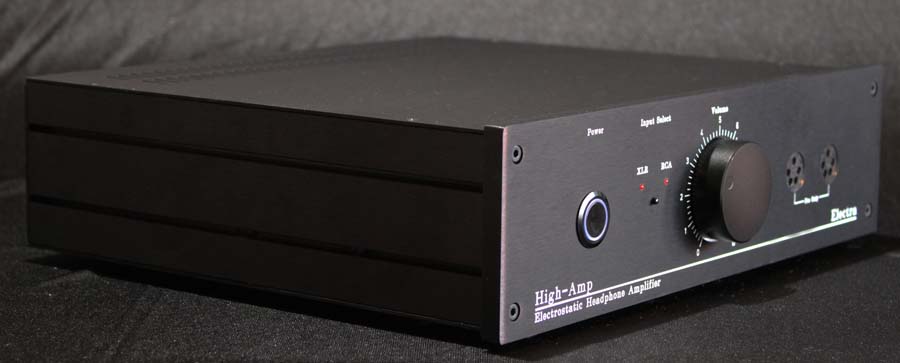
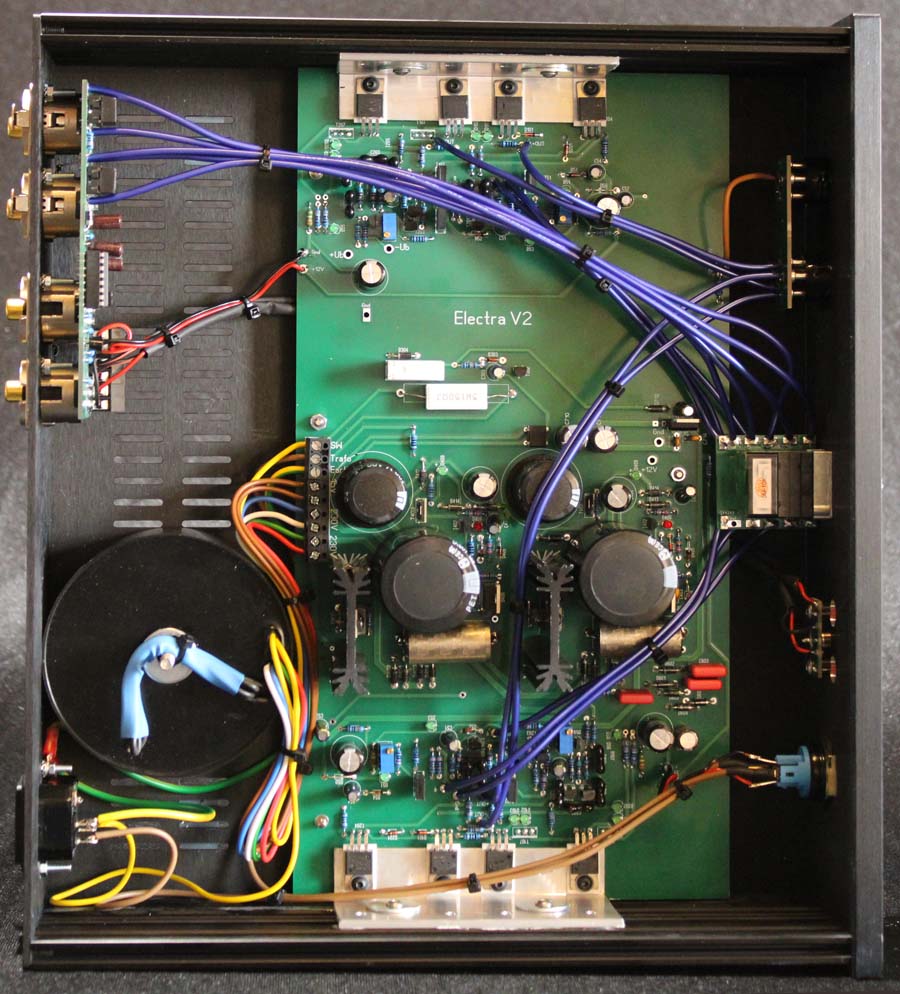
Kate Bush’s “Prelude” and “Prologue” from Aerial brought that atmosphere of feathered birds and her unmistakable vocals back to life, with great depth to her voice. However, this revised album just doesn’t sound right to me. I know they had to remove the words from that digeridoo-playing Australian painter, but the track “An Architect’s Dream”, for example, just sounds like a cheap imitation – even on the Electra. However, the speed of the expansive drums across the soundstage shows incredible detail and solidity. Whilst writing notes for this review, I drew a freehand frequency graph for the Electra and the Stax. Interestingly, each looked opposite to the other. The Stax shows a rising top-end and slightly reduced lower-bass, but the Electra excels in that bass and midrange, with a slight drop at the top. That might seem to some in opposition to the usual layman valve vs SS rhetoric. That transformer in the Electra certainly gives the energiser a monstrous advantage.
I don’t often mention my own albums in reviews, but as I know what I recorded, it makes a good reference point for me when I listen to loudspeakers and especially headphones. In “Boxes” (from ‘Boxed In’), the Electra just lacked some of the detail I produced in the studio. However, if anything, it gave a more human performance and was more interesting!
I also often play Jethro Tull as their albums are full of punch, musicality, space and detail. Their ‘RökFlöte’ doesn’t need translation, the opening track on this 23rd album from the Progressive Rock band continues their mixing of rock, folk, classic and fairytale into a well-organised and produced composition. “Voluspo” doesn’t start as you would expect; rather, we hear lots of heavy breathing and a female Scandinavian dialogue from Unnur Birna. I wouldn’t be concerned with the Stax energiser, but the Electra really brings that breathing at the start to life, so much so that I would be tempted to ring the police if that was on the telephone! After exactly one minute, Ian Anderson’s distinctive flute playing begins along with synth and guitar. Jethro Tull albums always tell a tale from history or nursery rhyme (even the name “Jethro Tull” was something we learned at school in the good-old-days; the man who brought the agricultural revolution by inventing the seed drill). This one is about Norse paganism. The flute really does glow from the High-Amp headphone amplifier, bringing the great man to life between my ears, sounding much more enchanting and organic than the Stax, which sounds too “electrostatic”, if you get my meaning. Through the Stax the change in reverb in the last few seconds of the initial spiel was far more noticeable and spoiled my enjoyment. Hence, I could listen for far longer on the Electra.
Turning to reel-to-reel, that bass still got my attention. Beethoven’s “Moonlight Sonata” (Chasing the Dragon) is played here on a Bosendorf piano rather than the pianist’s preferred Steinway, and that really highlights the difference between my SRM-006tS and the Electra. The Bosendorf has a much more serious bass and mid, and lacks the sparkle from a Steinway or Yamaha. So, adding the Bosendorf to the equation in my listening, I found the Electra just a tad too recessed at the top. Quentin Collin’s “Paxos/Antipaxos” has great trumpet playing and clear keys and forthright drumming through the Electra, and certainly made for a highly musical playing, but the sparkle I expect from the SR-407 wasn’t quite as full as my own amp. That said, however, I prefer the Electra!
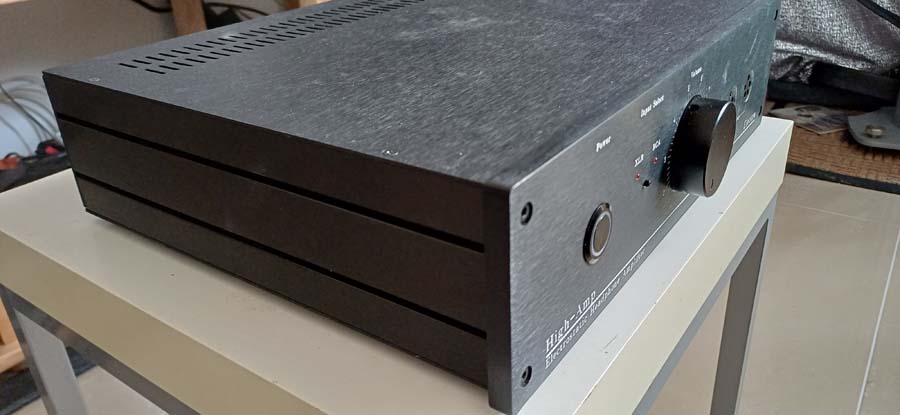
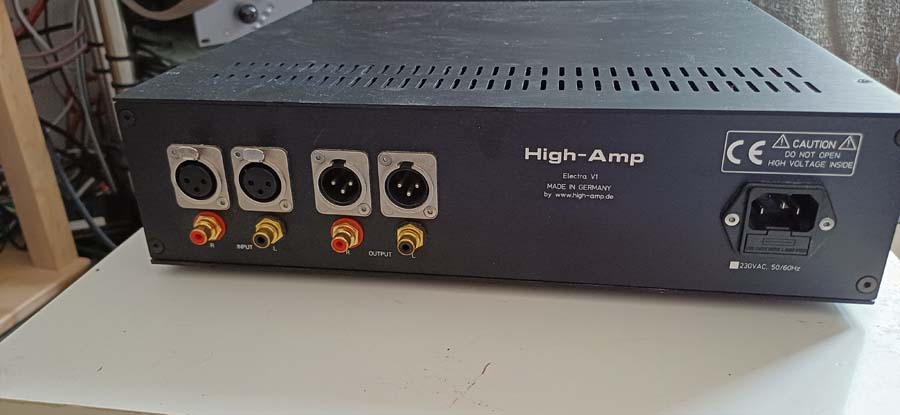
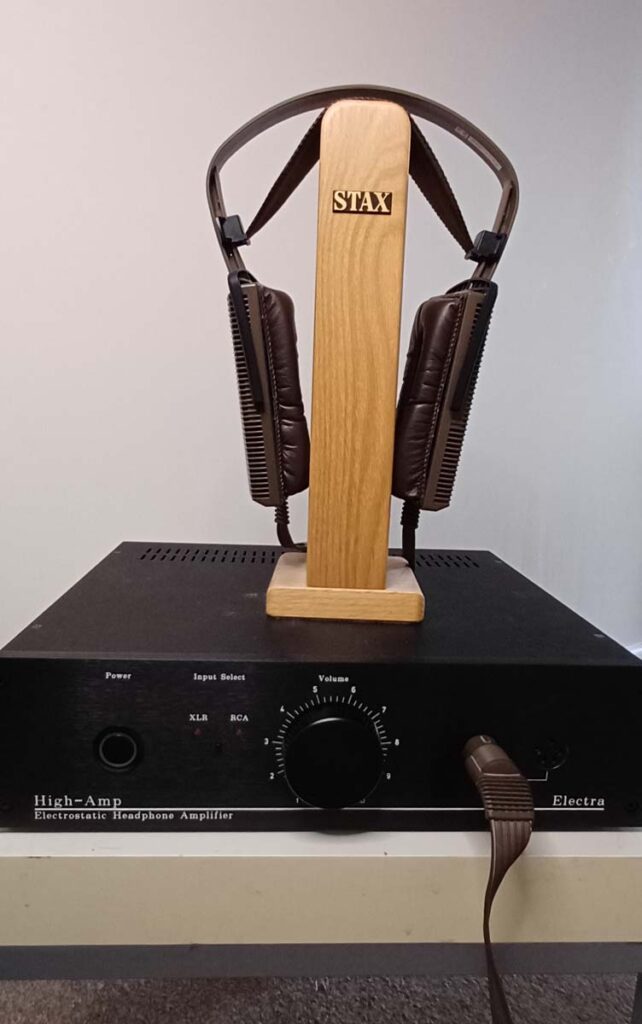
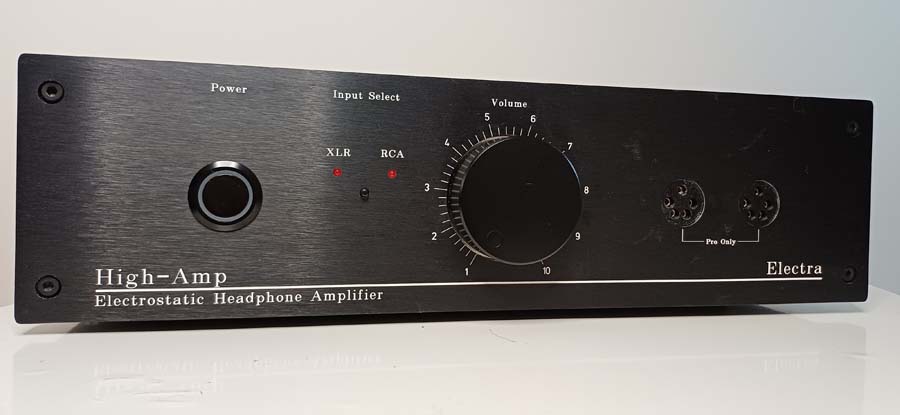
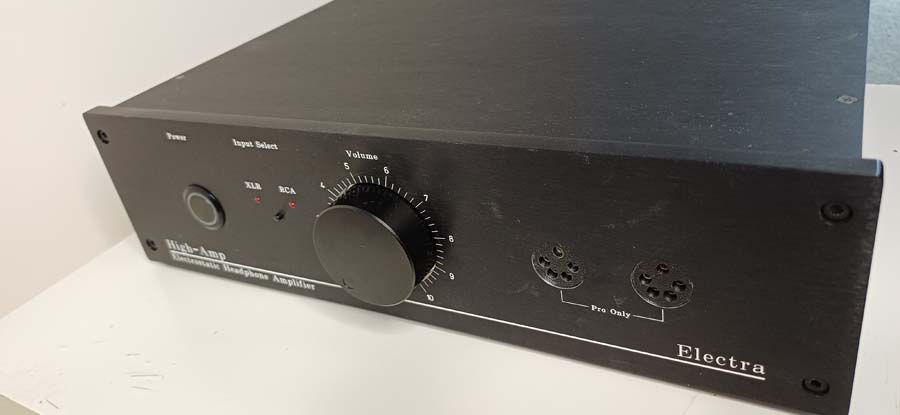
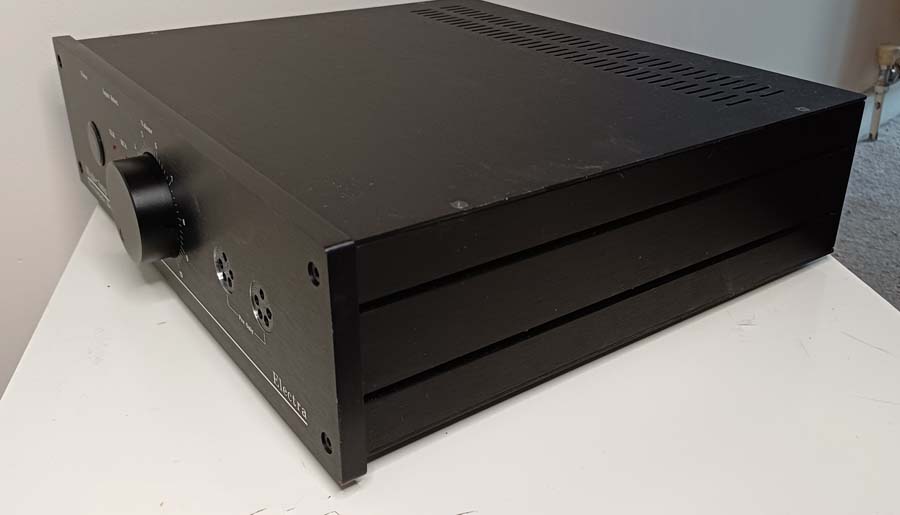
QUIBBLES
This is a great product, and the money has gone into the design and sound rather than looks. Maybe a few distinctive “colours” of the box would help. Purple (or pink – Ed) would be great! In today’s walk into digital media, perhaps coax/BT inputs would be expected, though it probably goes against Andreas’ great design ethos, and I would agree!
CONCLUSION
For those with, or considering, Stax Ear Speakers, the new High-Amp Electra is a product you should seriously consider. There are now a number of energiser/amplifier alternatives available that will mate with the Stax, and this one got my attention. The sound was so much more human and organic than from my Stax “Output Driver Unit”, taking away the clinical and micro-detailed sound and replacing it with a more natural sound than I have ever heard from my Ear Speakers. If you want a more melodic sound with considerably more bass, and without listening fatigue, then you should take a listen.
AT A GLANCE
Build Quality:
Very good build quality and components, just not that exciting
Sound Quality:
Takes away clinical and excessively detailed sound (particularly at the high frequencies) usually associated with electrostatics and replaces it with a more moving-coil driver quality
That bass is perhaps a surprise for some
Value For Money:
At 1300 Euros, this is very good value in terms of sound quality and improvement on a basic Stax “Output Driver Unit”
We Loved:
Full, natural sound at all frequencies
Amazing bass end weight
Worked well on all types of music
Very quiet in operation and a very powerful amplifier
We Didn’t Love So Much:
A bit boring in looks, but the inside is always the important bit!
That bass-end can be a little too powerful at times
Elevator Pitch Review: I have always been a fan of electrostatic loudspeakers and headphones, having my first PWB “electrostatics” as a child. However, sometimes that bass can be a little shy and the top frequencies so tight and clinical that it can mean long listening sessions come to an equally abrupt end. The Electra does things very differently. With an oversized power supply and a life-long experience of electrostatic amplifier construction from designer Andreas, High-Amp brings a new sound to my Stax Ear Speakers. Will it be a welcome change, or just too much like my moving-coil headphones? It’s somewhere in between, which is just right.
Price:
Janine Elliot
SUPPLIED SPECIFICATIONS
- class A push-pull output stage
- fully symmetrical DC amplifier with stabilised linear power supply
- input section is equipped with extremely low-noise JFETs
- high-frequency interference radiation decoupled by using silver-plated mica capacitors
- Vishay/Panasonic electrolytic capacitors in the power supply
- oversized transformer
- all signal wiring is Neotech oxygen-free copper wire
- optional XLR or RCA input and output for signal-looping
- 2 x 5-pin headphone connector with bias voltage 580V DC
- frequency response: 0-50,000Hz
- gain: 60dB (x1000)
- distortion at 100Vrms, 1KHz: <0.02% THD
- input impedance: 10 KOhm
- maximum output voltage: 400 Vrms at 1 KHz and 1% THD (Stax SR-007: 113 dB, Stax SR-L700/SR-009: 114 dB)
- bias voltage: 580V (usable for all Pro-Bias headphones)
- mains voltage (AC): 230 V / 50-60 Hz
- operating conditions: 0-30°C
- weight: 5 kg
- dimensions: WxHxD: 340x90x315 mm
- power consumption: 45W





















































